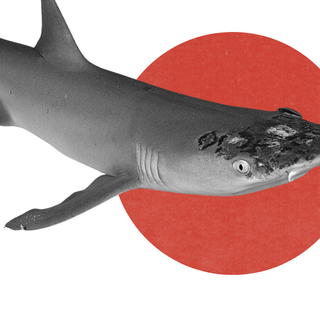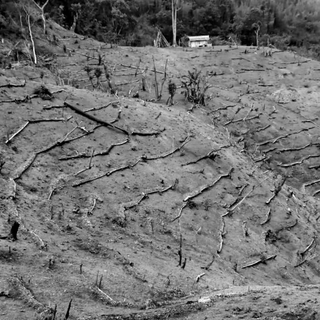Lakhs of spiders have spun huge webs covering parts of Australia’s southeastern state of Victoria. Sheets of gossamer webs spread across trees, road signs, and paddocks, with one web covering up to a kilometer of road. The reason? To protect themselves.
These webs are created by vagrant spiders (Uliodon) — a species that lives on the ground. During winters, these spiders undertake anatural process called “ballooning,” in which they create cobwebs to climb away from the ground to protect themselves from heavy rains, flooding, and the snakes that come in the aftermath. The webs are temporary and disintegrate in a week.
Since vagrant spiders do not usually build webs, they only throw out a single thread as part of this process — which means that millions of spiders have to throw out threads at the same time in order to create webs as large as those seen in Australia.
Luckily, locals found this phenomenon beautiful. “It wasn’t scary — it was beautiful. Everything was just shrouded in this beautiful gossamer spider-web, all over the trees and fences. The sun was going down at the time and the light was beautiful, just to see it billowing, this wave going across the landscape,” the Gippsland region’s local councilor Carolyn Crossley told the BBC, adding that the ballooning looked like it was a single sheet crawling with tiny spiders.
Related on The Swaddle:
Natural Disasters Around the World Have Doubled in 2 Decades: UN Report
This phenomenon is seen in Victoria, Australia during winters, as that’s when it rains the most. Spiders produce a specific web for this phenomenon — the silk is thin and light, known to be even lighter than air, and allows them to float above the ground to keep them safe.
Researchers further believe that spiders don’t float because of the wind — but because of the Earth’s magnetic field. What keeps these spiders safe and suspended above the ground is good-old-fashioned friction. During thunderstorms, the atmosphere has a positive charge while the ground has a negative charge. The silk that spiders shoot out of their bodies also carries with it a negative charge, derived from the spider’s contact with the earth.
We know like charges (negative, in this case) repel each other — so the charge carried by the spider repels the negative charge present in the plants (as they too have contact with the earth).
This friction helps the spider rise above the ground — propeling them upward by climbing onto plants. This electric field helps keep spiders suspended — safe in their “spider webs.”
Parts of #Gippsland are covered in #spider web??!! The little black dots are spiders. There is web as far as the eye can see. This is near Longford #Victoria thanks Carolyn Crossley for the video pic.twitter.com/wcAOGU9ZTu




